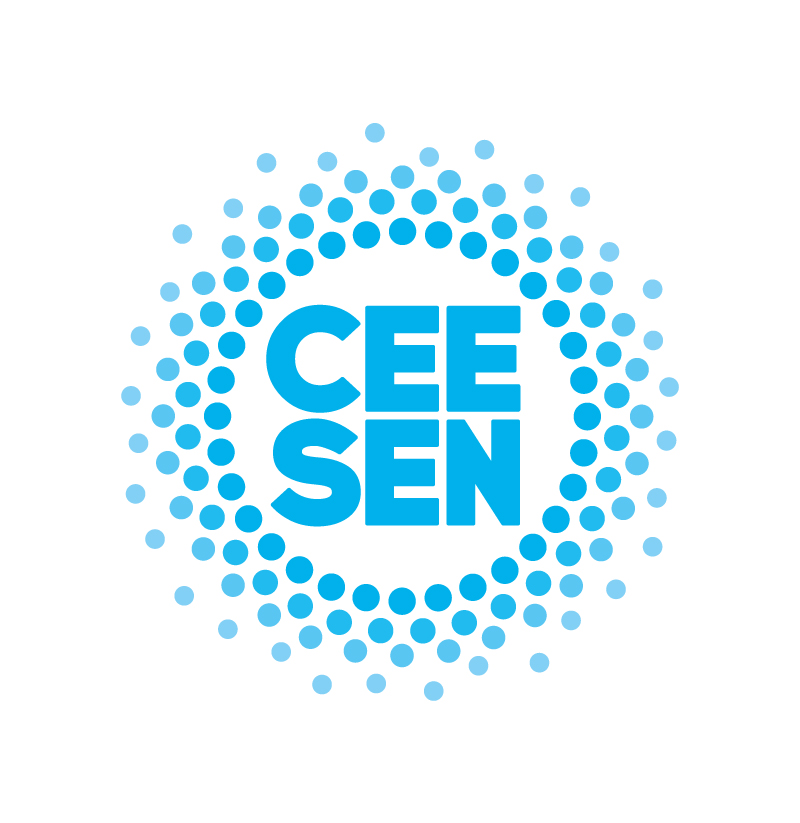As part of the CEESEN–BENDER project, Society of Sustainable Development Design (DOOR) measured air quality between energy-renovated and non-renovated multi-apartment buildings in the city of Čakovec, Croatia. The focus was on three key parameters: temperature, relative air humidity, and CO₂ concentration & ventilation quality.
The measurements were taken over the course of a year. Below are the key parameters.
Temperature
| Parameter | Renovated buildings | Unrenovated buildings |
| Summer temperatures | 25–27°C (stable) | 24–28°C (slightly wider range) |
| Winter temperatures | 19–23°C (stable) | 17–23°C (larger oscillations, lower average values) |
| Daily oscillations | 1–3°C (low) | 1–3°C (mostly stable, occasionally larger oscillations at Zg 4) |
Conclusion:
Renovated buildings show more stable temperatures and insulation efficiency.
Relative humidity
| Parameter | Renovated buildings | Unrenovated buildings |
| Summer humidity | 55–75% | 50–68% |
| Winter humidity | often falls below 40% (30–50%) | often falls below 40% (34–50%) |
| Daily oscillations | 5–15% | 5–10% (with higher extremes in some case) |
Conclusion:
In both groups of buildings, the problem of dry air in winter is present, but renovated buildings record very low winter humidity values somewhat more often, which indicates stricter insulation and lower natural air exchange.
CO₂ concentrations
| Parameter | Renovated buildings | Unrenovated buildings |
| Summer humidity | 400–900 ppm | 500–900 ppm |
| Winter humidity | 1000–2100 ppm | 1000–2100 ppm |
| Maximum | 2000–4000+ ppm (even up to 4139 ppm in Zg 1) | 2000–4800 ppm (highest 4829 ppm in Zg 6) |
| Number of days with critical CO₂ (>1500 ppm) | 40+ days a year | 40–50+ days per year |
Conclusion:
In both groups, the problem of high CO₂ concentration is pronounced, especially in winter and in the transitional months. In renovated buildings, the problem may be more pronounced due to reduced air infiltration (better insulation, weaker natural ventilation).
Ventilation and air quality
| Renovated buildings | Unrenovated buildings |
| Frequent insufficient ventilation | Older systems, frequent air exchange due to the permeability of the joinery, which is mostly wooden. |
| Recommendations for automated ventilation and user education | It is proposed to upgrade ventilation systems and introduce recuperation. |
Final notes:
- Advantages of energy renovations: stable temperature, better insulation, lower heat losses.
- The main problem after the renovation: reduced natural air exchange, which causes high CO₂ concentrations in winter.
- Unrenovated buildings: slightly weaker thermal characteristics, but often have slightly more natural air exchange in summer; however, they also suffer from elevated CO₂ levels in winter.
- All buildings have a pronounced problem of low humidity and high CO₂ in winter → ventilation, and lack of recovery, which remains a key challenge.
The CEESEN-Bender project has received funding from the European Union’s Programme for the Environment and Climate Action (LIFE 2021-2027) under grant agreement n° LIFE 101120994.

